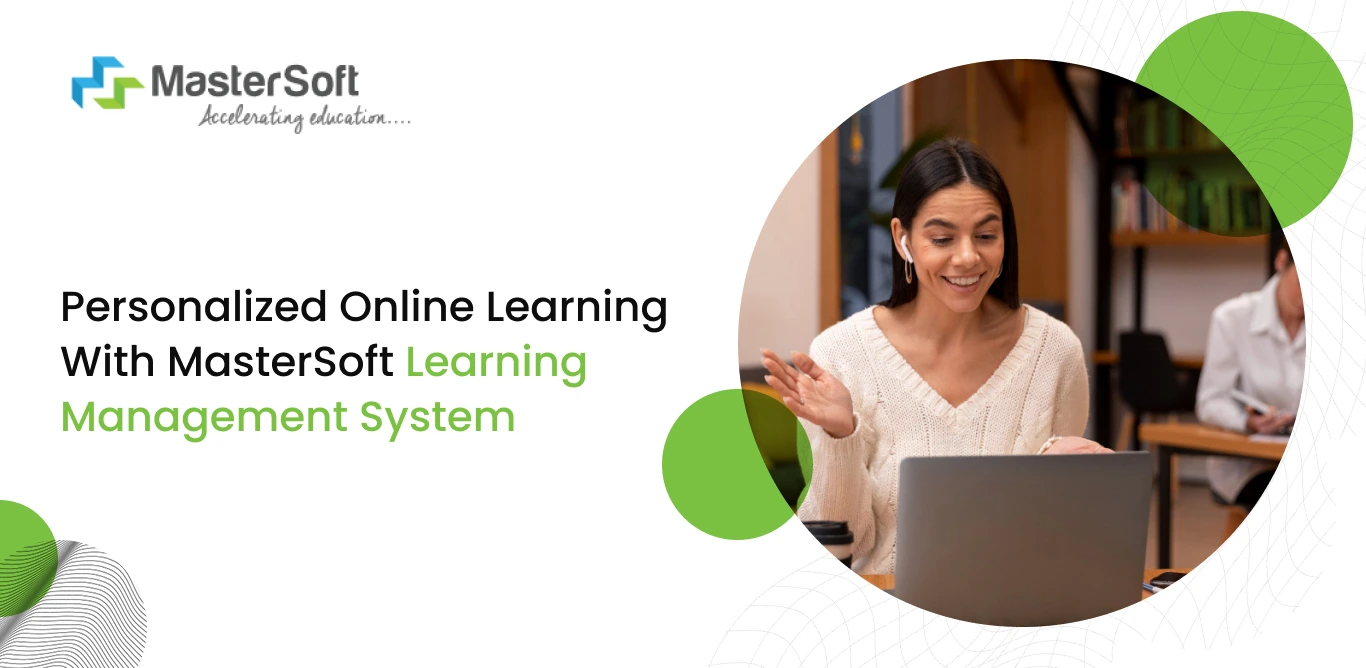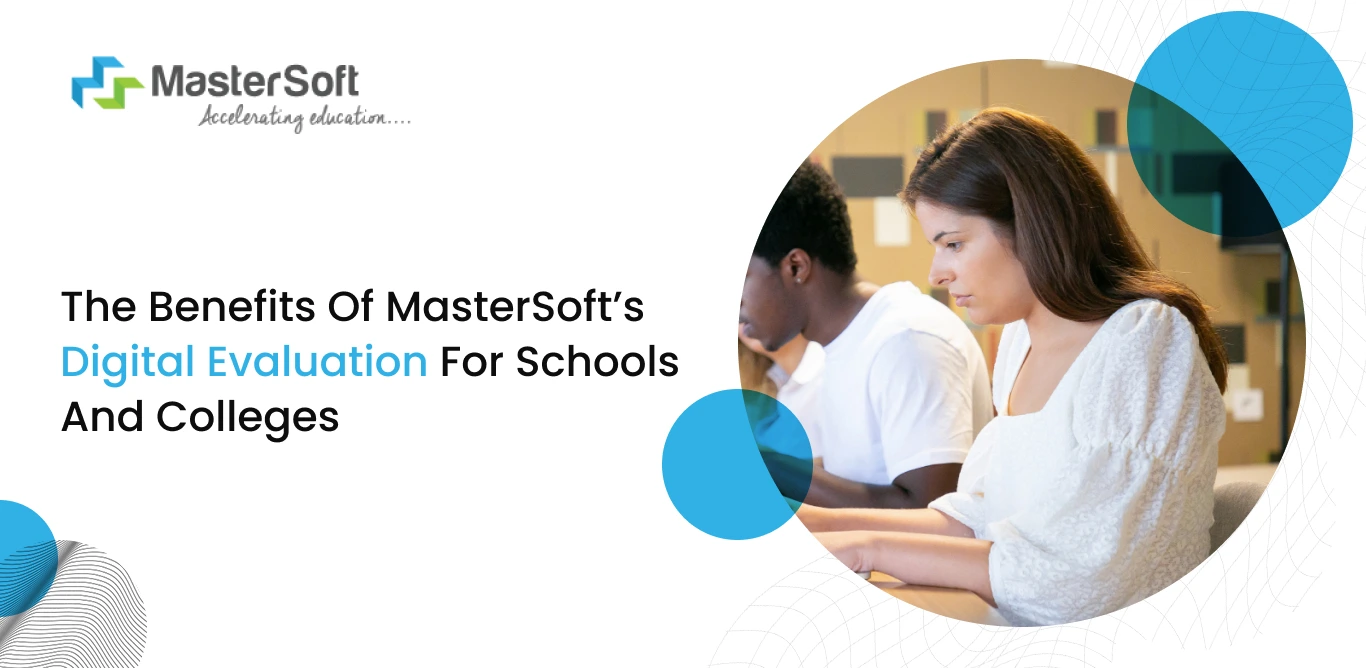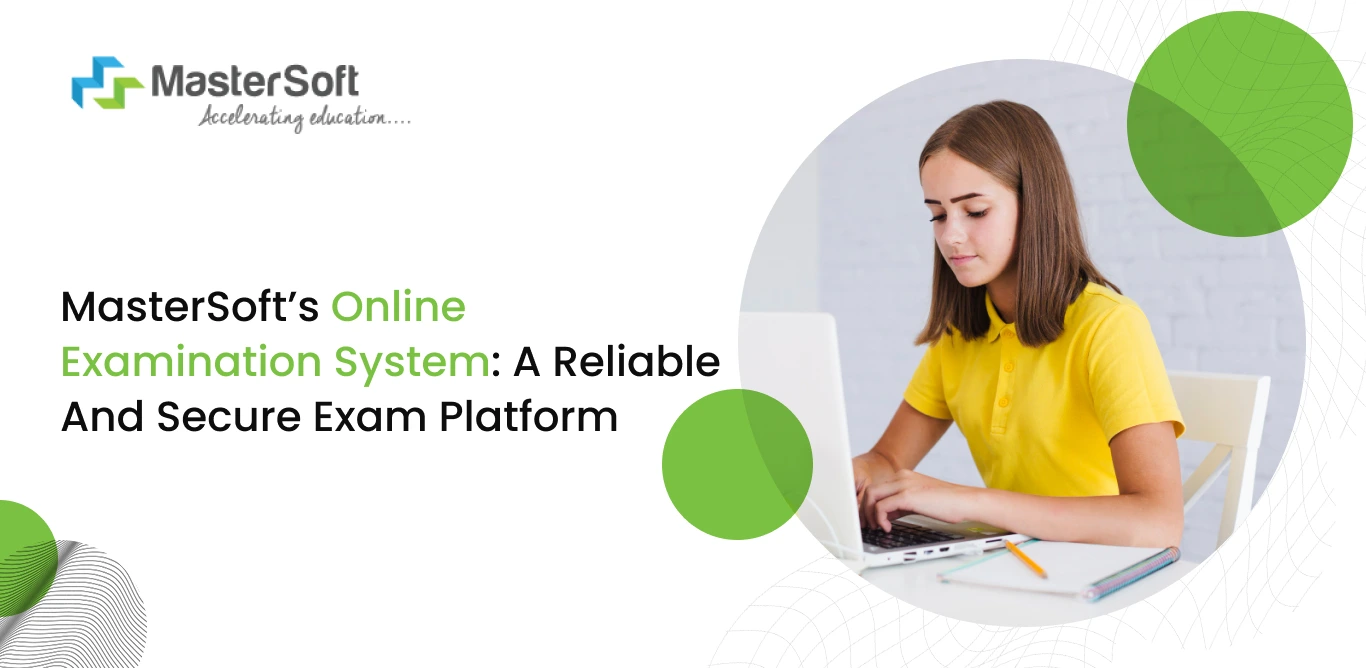21, Oct 2024
The traditional education system has been a cornerstone for the development of the modern world that we experience today. It has produced countless individuals who have contributed across different fields, yet it has specific limitations.
One of the primary issues of the traditional educational approach is that it is one-dimensional and teacher-centric, leading to ineffective learning. In contrast, innovative instructional methods like personalised online learning cater to varying learning requirements. That is where tools like the learning management system are central to the teaching and learning activities.
But does personalised online learning actually work? What difference does it make in today’s educational ecosystem? Let us find out:

Importance of Personalised Online Learning
An ideal education system must serve all students and address the learning gaps of those who lag behind due to individual shortcomings. However, the conventional educational system follows a standardised curriculum, which may or may not acknowledge diverse learning needs.
Furthermore, it is a one-size-fits-all approach that leads to students feeling frustrated, overwhelmed, and demotivated. That is why a student-centric educational system is crucial to not only increase student engagement but also to help them attain individual academic goals.
Besides, online or digitalised learning has moved past being the ‘’alternative learning platform’’; instead, it is an important medium of teaching and learning. Therefore, integrating online learning and personalised instruction leads to improved student outcomes and additional advantages such as:
- Increased engagement
- Flexibility
- Self-paced learning
- Time management
- Self-motivation
- Self-evaluation
- Continuous progress tracking
However, teachers and institutes require a robust learning tool like MasterSoft’s learning management system that helps to facilitate high-quality learning. Besides, it offers various features that contribute to personalised online learning.
1. Personalised Content
Imagine having to do advanced algebra when one does not even know the basics or foundation of that mathematical concept. He or she would barely understand the text or notes on the subject; hence, they need relevant learning materials that can strengthen their foundational knowledge.
The LMS software provides different learning materials, depending on the student’s responses or knowledge levels. In fact, it utilises adaptive learning algorithms that analyse student performance, thereby adjusting the learning content’s difficulty levels accordingly.
At the same time, the system collects data about students’ learning styles, goals, and interests and delivers personalised educational materials. Also, learners receive recommendations for videos, articles, and content, enhancing their learning experience.
MasterSoft: A College Attendance Management System Made Simple
2. Communication and Collaboration
Online learning is often at the receiving end of criticism for not being as effective as the traditional educational system due to the lack of in-person interaction. Therefore, the general assumption is that it fosters distraction and demotivation.
On the contrary, teachers can create an online community with interactive online classes and create opportunities for students to participate in various activities. What’s more is that they can send targeted messages to individual students and groups, informing them of their progress.
Likewise, students can use the communication platform of the software to connect with their peers during group projects and assignments. Moreover, they can use online discussion forums to collaborate, share ideas, and ask questions or queries for clarification.
3. Real-Time Feedback
Mid- or year-end results and once-in-a-while feedback are hardly enough for students or their parents to gauge the former’s progress. A continuous evaluation system is the need of the hour, enabling teachers to determine student's shortcomings.
That is where teachers can leverage the system to provide specific guidance and feedback, depending on the student's performance. On the other hand, real-time feedback on quizzes, assignments, and interactive activities is equally useful to specify the knowledge gaps.
Teachers can schedule one-on-one online meeting sessions and provide additional explanations, alternative learning resources, etc. In effect, it helps to create a supportive learning environment for students.
4. Flexible Learning Paths
The conventional educational system necessitates students to follow a standardised curriculum, study hard, and strive to maintain the pace of the class. There is little to no scope for differentiated instructional processes; hence, underperforming students continue to lag.
This is where teachers can make a discernible difference with the help of MasterSoft’s learning management system in the following ways:
- Establish learning goals for individual students, track their progress, and offer personalised feedback.
- Include videos, audio, texts, interactive simulations, and other multimedia resources, helping to cater to students with different learning styles.
- Conduct different online learning activities, including group projects, debates, online discussions, and peer tutoring. Consequently, it will help to detect students’ thinking capabilities and analytical skills.
- Establish a flexible learning environment wherein students can master a concept or move through material at their own pace.
- Incorporate microlearning, allowing students to engage in small, focused learning modules as per their comfort and time.
5. Adaptive Assessments
Is facilitating summative examinations sufficient? The answer is no because it offers limited scope for assessing students’ ongoing progress. Therefore, implementing formative assessments is imperative as it helps to identify learning and knowledge gaps.
In fact, educators can use the software to implement diagnostic assessments to identify learners' existing knowledge and skill levels. The system can develop personalised learning paths to address specific knowledge gaps.
Furthermore, they can use the system to carry out formative assessments throughout the year, helping to monitor students’ progress and provide real-time feedback. As a result, it helps students to determine their strengths and weaknesses and make appropriate changes in their learning strategies.
Learning Management System - A Comprehensive Guide On LMS Software
6. Reporting and Analytics
The best way to increase students’ accountability for their learning is by offering them a way to observe their ongoing academic progress. For instance, LMS software’s individualised dashboard displays their grades, progress, assignments, etc.
On the other hand, analytics helps teachers evaluate if the instructional activities align with learning outcomes and assess course effectiveness. Simultaneously, predictive analytics helps to identify at-risk students, urging teachers to implement necessary actions.
Furthermore, they can develop personalised interventions that address specific issues and needs of students.
Wrapping It Up
Institutes can ensure an enriching educational experience for students by facilitating personalised online learning. They can employ an advanced tool like MasterSoft’s learning management system to address individual learning styles and preferences.
Furthermore, they can enhance student engagement and motivation through adaptive learning pathways, assessments, and real-time feedback.
Simplify your faculty hiring process with MasterSoft’s faculty management system.
Mobile: 08448010216
Email:info@mastersofterp.com









